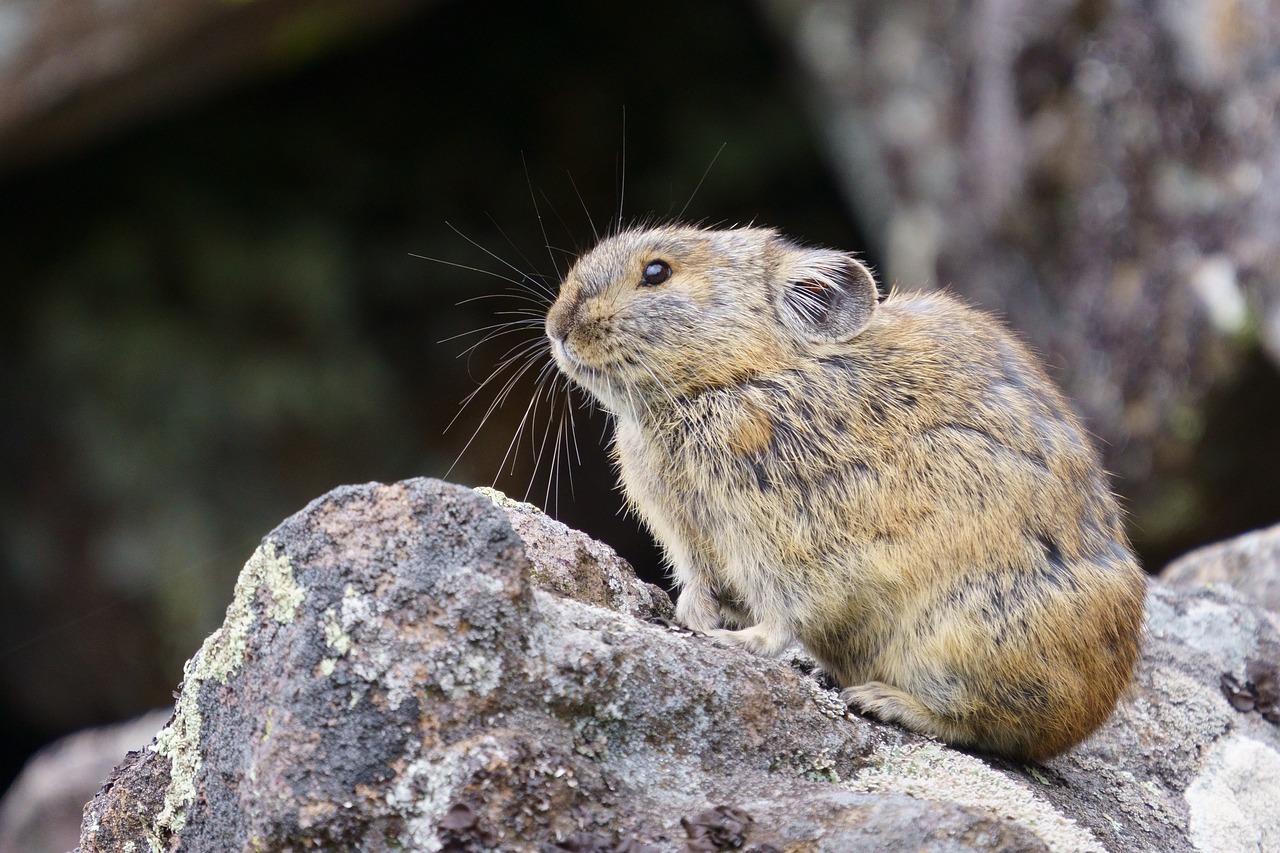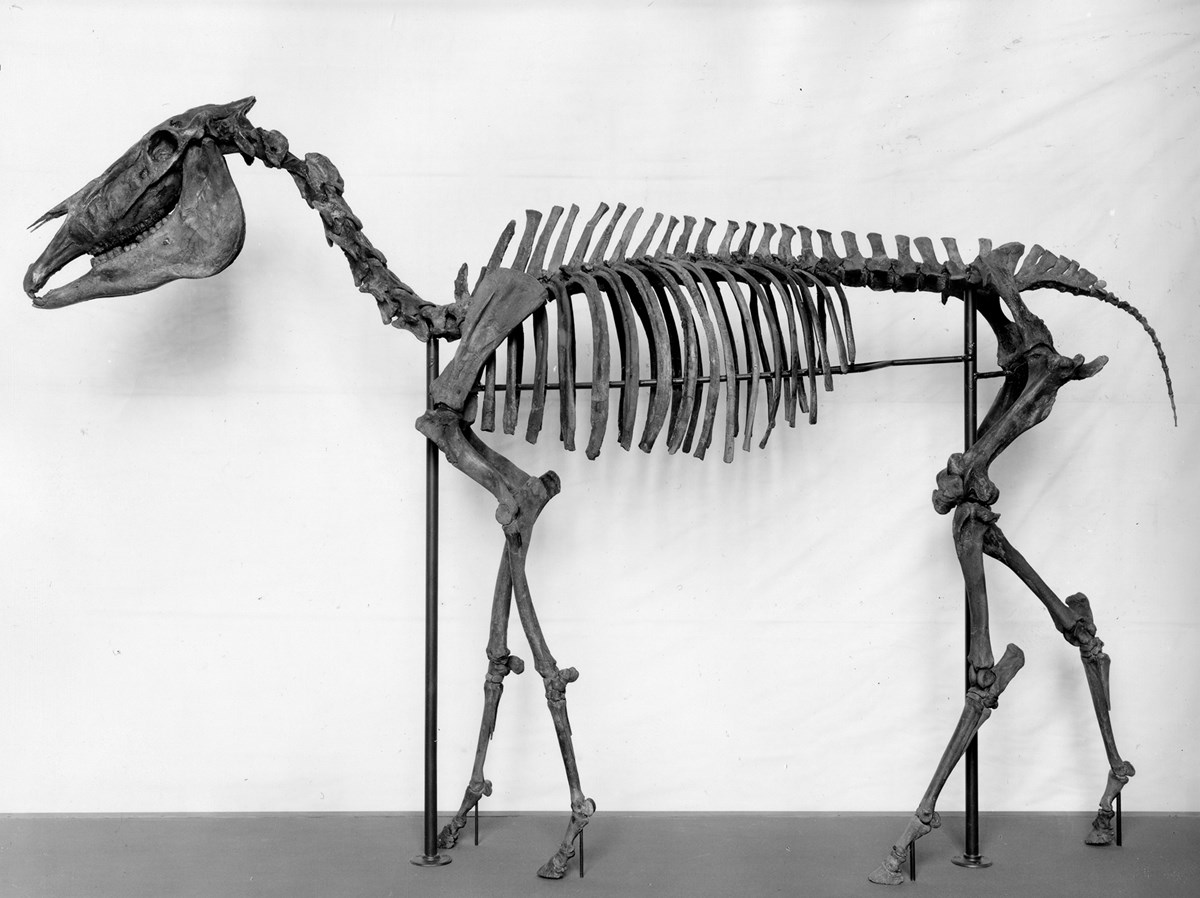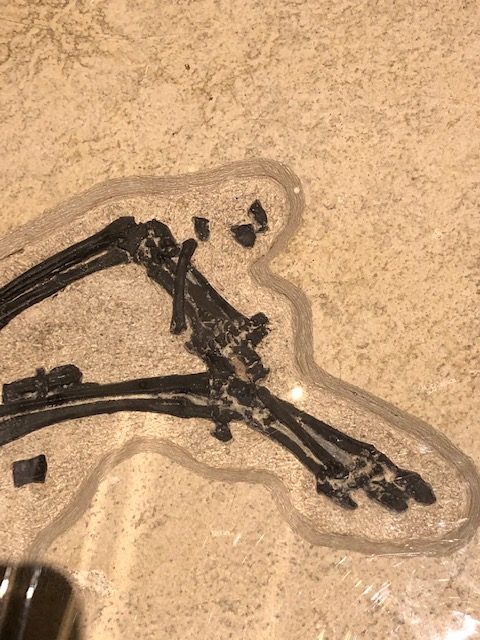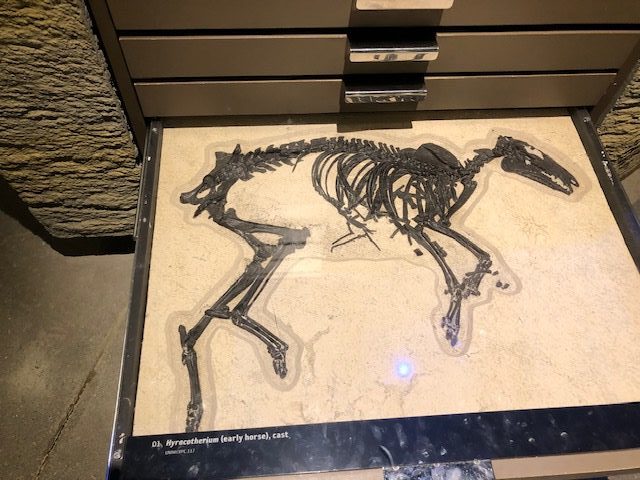
Courtesy US NPS, Kaitlin Thoresen. Photographer

Courtesy US NPS
2024 Campers
Teton Splendor Field Trip
Courtesy & Copyright Meg Kast, Photographer
Two falls ago, I helped lead 30 USU international students for a weekend campout in the Tetons. We ate our lunch at Hidden Falls behind Jenny Lake, then began hiking out. In a few hundred yards, two black bears were busily gulping mountain ash berries on either side of the trail. Most of the students had never visited a national park, and none had seen a bear outside of a zoo. What to do!
“Don’t run!” I tried to convince them, unless they pretended to be a berry, they were safe. Even as a large crowd assembled, the bears were oblivious, attacking the berries with abandonment. For a good fifteen minutes, the students were helplessly under the spell of these glorious berry eating beings.
While working in Denali National Park, I joined a small group for a back country hike led by a young seasonal ranger. She gave us bear safety training before hitting the trail. Into our second hour, in a thick patch of willows, her near panicked “bear” voice put us on alert. We slowly retreated under her direction. Once at a safe distance, we began breathing again, then scrambled up the opposite slope hoping to get a view of our alarm. There, on a grassy ledge, a large mamma griz was lying on her back sound asleep while two tiny frolicking cubs played on their snoozing mom.

Courtesy US NPS
Yellowstone’s Photo Collection,
Harlan Kredit, Photographer
I was amazed how gentle and polite it was. My buddy bear learned how to open my latch door lock by lifting it up with its nose, inserting a claw, then pulling the door open. It would enter, sniff the table where tidbits of food might be found, grab the treat and rush out the door, not closing it! If no treat was found, it would amble away without incident. After a week or so, to my disappointment, it disappeared.
I have yet to see a bear in the wilds of Utah. May that day come soon!
Jack Greene for Bridgerland Audubon Society, and I’m wild about Utah’s bears!
Credits:
Image: Courtesy US National Park Service, Rights noted.
2024 Teton Splendor group picture, Courtesy & Copyright Meg Kast, Photographer https://www.instagram.com/p/C2C4ZPvsKOH/?utm_source=ig_web_copy_link
Audio: Courtesy & © Courtesy & Copyright © Anderson, Howe, Wakeman
Text: Jack Greene, Bridgerland Audubon, https://bridgerlandaudubon.org/
Additional Reading: Lyle W Bingham, Webmaster, Bridgerland Audubon, https://bridgerlandaudubon.org/
Additional Reading:
Jack Greene’s Postings on Wild About Utah, https://wildaboututah.org/author/jack/
Bears — A Yellowstone Love Story
Courtesy US NPS, Jennifer Shoemaker, Producer/Videographer/Editor, April 27, 2012
Characteristics of Bears in Yellowstone, National Park Service (NPS), https://www.nps.gov/articles/yell-wildlife-bear-differences.htm
Heers, Mary, A Mendon Bear Story, Wild About Utah, July 24, 2023, https://wildaboututah.org/a-mendon-bear-story/
Kelly, Patrick, In the Eyes of a Bear, Wild About Utah, July 27, 2020, https://wildaboututah.org/in-the-eyes-of-a-bear/
Heers, Mary, Black Bear Country, Wild About Utah, May 18, 2020, https://wildaboututah.org/black-bear-country/
Greene, Jack, Bears, Wild About Utah, October 22, 2018, https://wildaboututah.org/bears/
Boling, Josh, Old Ephraim, The Infamous Northern Utah Grizzly, Wild About Utah, August 7, 2017, https://wildaboututah.org/old-ephraim-the-infamous-northern-utah-grizzly/
Leavitt, Shauna, Orphaned Cub Rehabilitation, Wild About Utah, January 23, 2017, https://wildaboututah.org/orphaned-cub-rehabilitation/
Larese-Casanova, Mark, Sleeping the Winter Away, Wild About Utah, February 23, 2012, https://wildaboututah.org/sleeping-the-winter-away/
Larese-Casanova, Mark, Blackbears, Wild About Utah, June 23, 2011, https://wildaboututah.org/blackbears/
Liberatore, Andrea, Sleeping Winter Away, Wild About Utah, January 20, 2011, https://wildaboututah.org/sleeping-winter-away/
Strand, Holly, The Bear Facts Old Ephriam, Wild About Utah, June 17, 2008, https://wildaboututah.org/the-bear-facts-old-ephriam/










